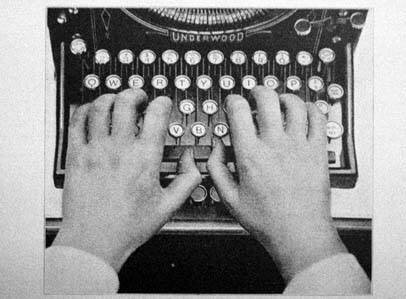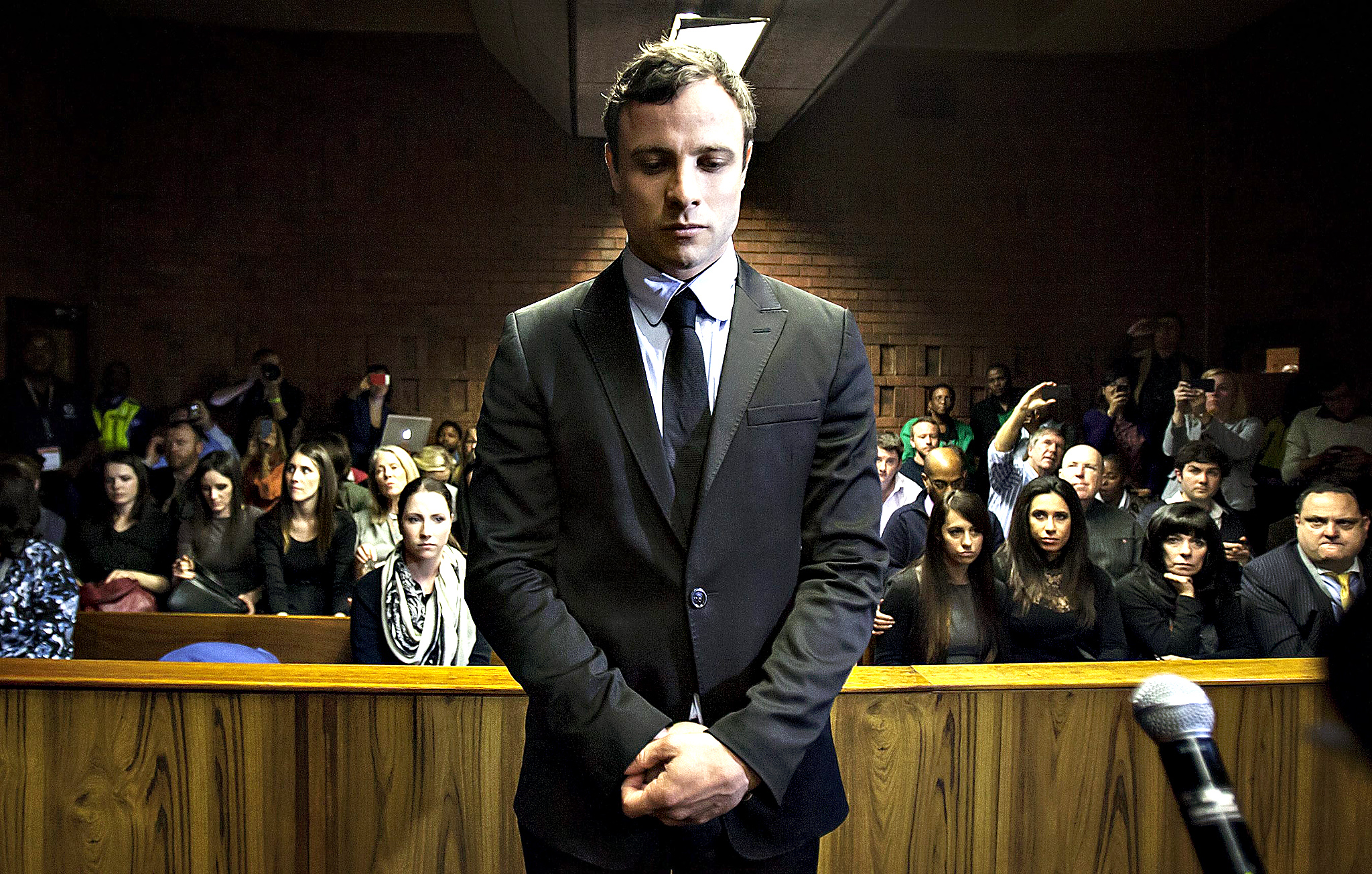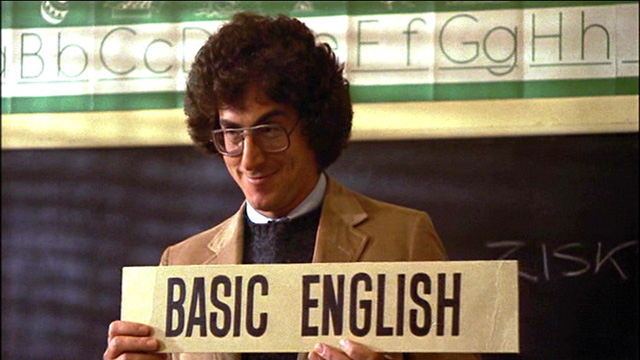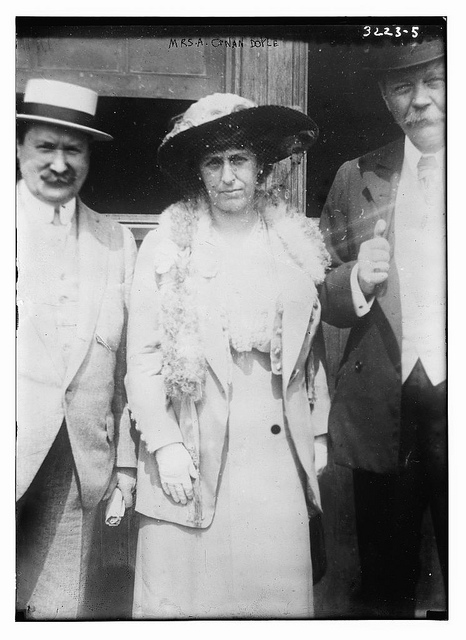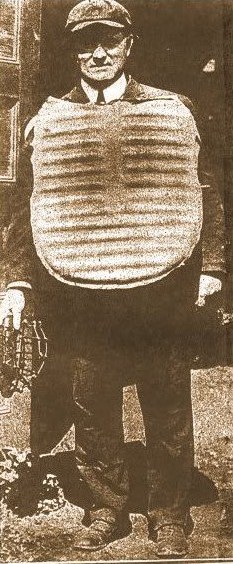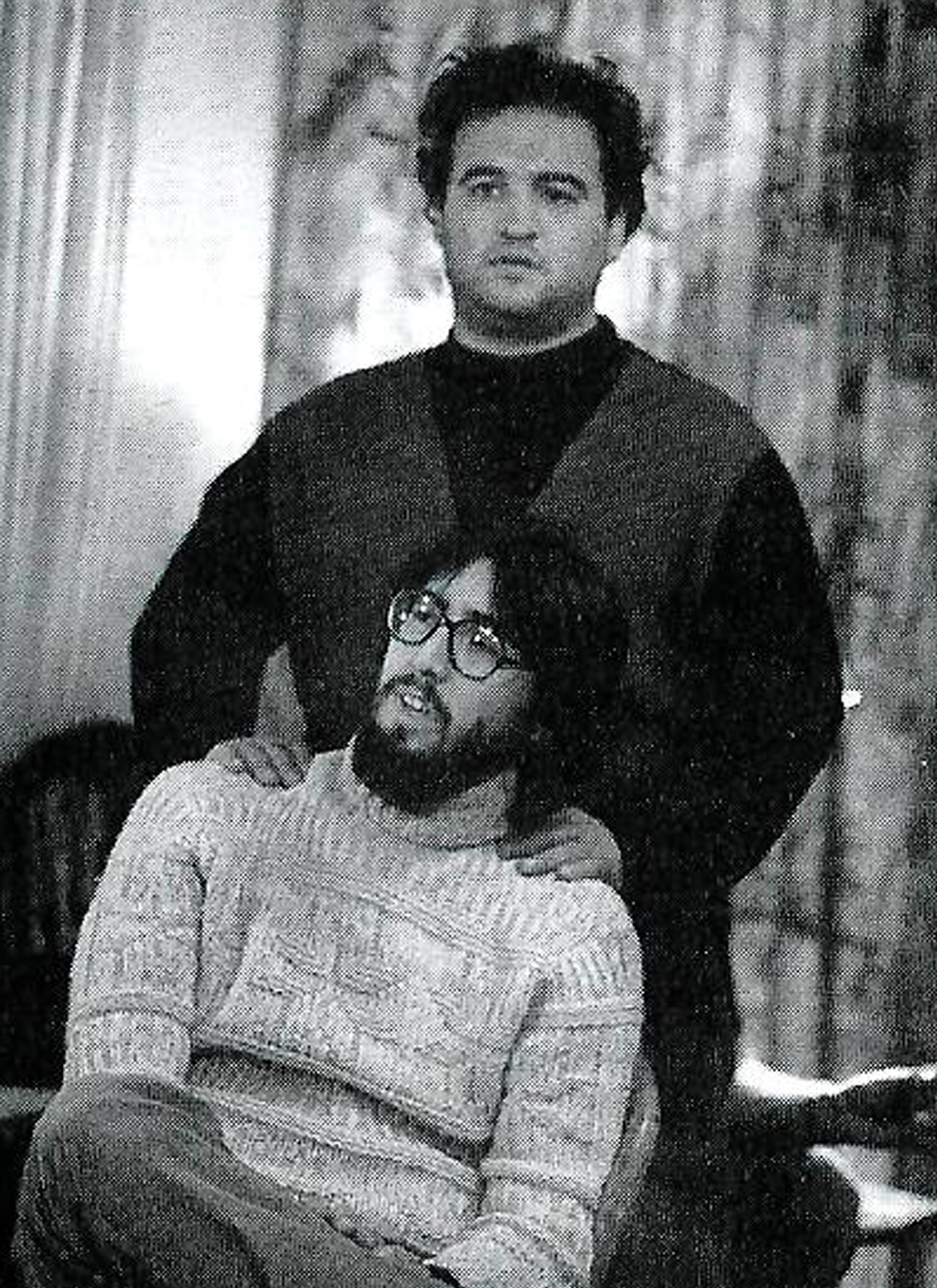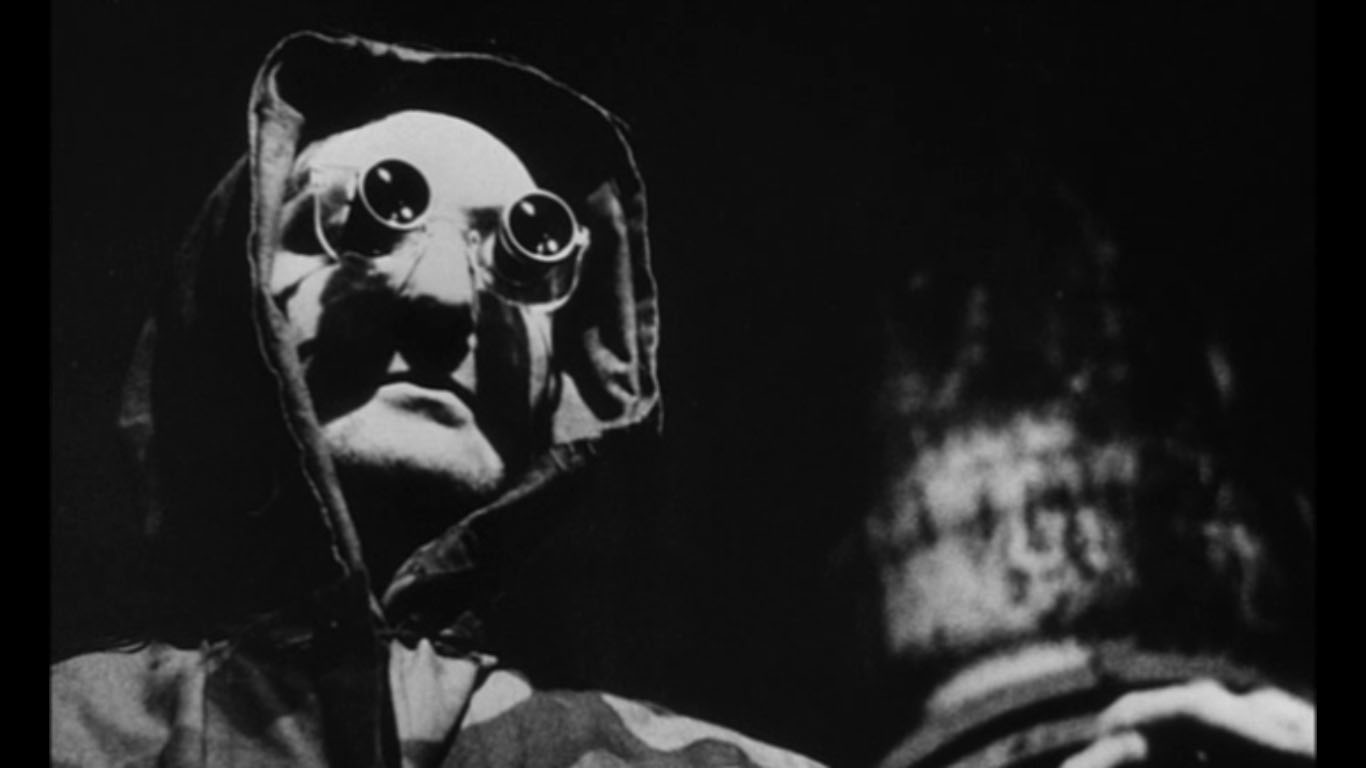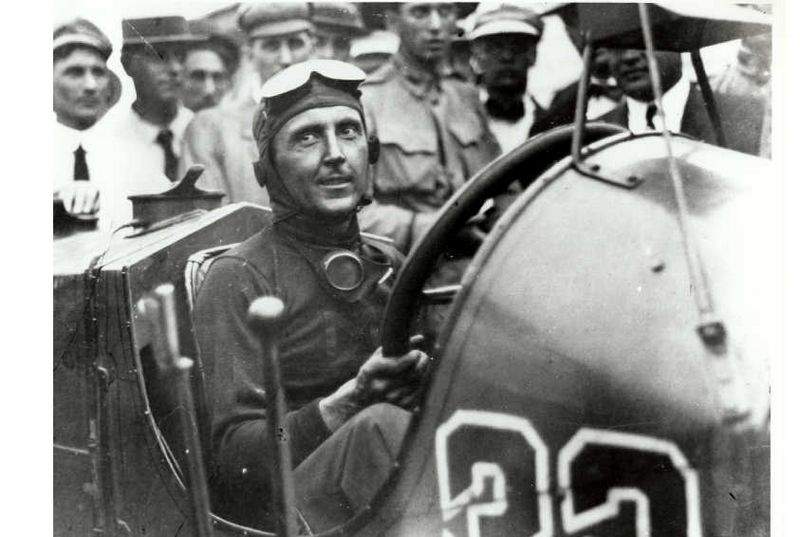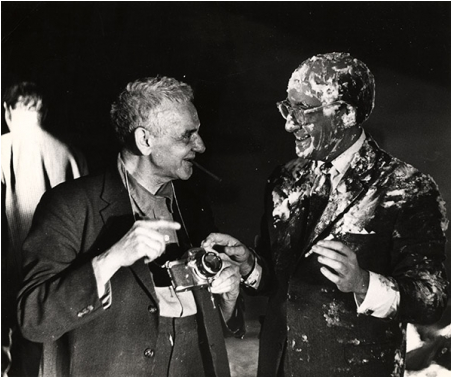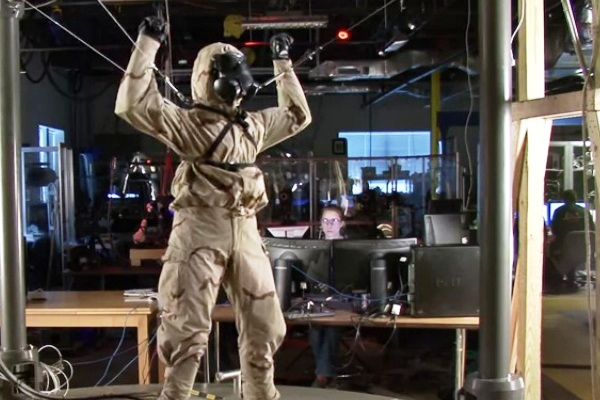
“It was obvious to them that she was living on a witch’s diet.”
In the September 10, 1911 edition of the New York Times, an article took the starch out of latter-day witch-chasers in Allentown, Pennsylvania, who blamed a slightly eccentric woman for allegedly hatching hexes. The article’s opening:
“In the twentieth century, more than two hundred years after the last witch was tried at Salem, a prosaic New York dressmaker was hauled into court in a large, prosperous and up-to-date American city and charged with being a witch.
This thing happened in Allentown, Penn., a couple of weeks ago, and what makes the case more remarkable is that it was not an accidental and sporadic instance of superstition, but apparently a symptom of a state of mind which is almost universal in Eastern Pennsylvania. Neither the witch herself nor the people who caused her arrest seemed to see anything unusual about the proceedings brought against her. None of her neighbors did; and yet the community in which she lived was not a back-country district, but a busy and populous neighborhood in a big, wide-awake, and thoroughly modern city.
The woman was Meta Immerman, a New York dressmaker who had gone to Allentown to start a sort of Kneipp sanitarium. She believed in various theories of the kind which the frivolous-minded term ‘crank.’ Some of them had to do with diet; one of them was the belief that you could cure most of your bodily ills by going barefoot when dew was on the grass.
That of itself would have been enough to convict her of witchcraft in the eyes of her new neighbors at Allentown. The very idea of such a thing suggested the weaving of spells. So, the first time Meta was seen walking barefooted in early morning her case was permanently diagnosed.
However, she did not leave her neighbors with merely this evidence. She carried a little pocket electric light, and sometimes on dark nights she would pull this out and use it–say for some such purpose as to read the number on the street door of some house she was looking for.
So there were now two counts on her indictment, and the evidence was almost overwhelming.
- She wove spells by walking barefooted through the grass at dawn.
- She cast spells by throwing a witch light on houses at dead of night.
And now, to cap the climax, the unconscious dressmaker one morning walked through the grass with her shoes in her hand. Her reason simply was that she had no convenient place to put them down; but this did not come out until her terrified neighbors had had her hauled to court as a witch, and the amazed Mrs. Immerman was frantically protesting her innocence.
She was lodging with the family of George Kipp of South Thirteenth Street. A young couple by the name of Sober also lived in the house. It was the male Sober, John by name, who brought things to a crisis. He was seized one night with what he called ‘a terrible pain in my stomach.’

“One of these nut-devourers is Senator La Follette”
That was enough. All the suspicious circumstances in Mrs. Immerman’s case flashed at once to the minds of the Sobers and the Kipps. Then a new and still more damning thing was remembered, which was that Mrs. Immerman lived on nuts and raw eggs. She did, as a matter of fact, and so do a large number of the curious people who worry all the time about their stomachs. One of these nut-devourers is Senator La Follette. However, the Kipps and the Sobers did not know that. It was obvious to them that she was living on a witch’s diet.
They did not proceed to extremities at once. Kipp relied on a charm he had put over his door to keep witches away. Sober’s pain, however, was too real and too severe for him to wait for results. His wife advised him to lose no time, but to go and see a witch doctor right away.
Fortunately, one of the best witch doctors in Allentown lived right across the street, George Kistler by name, and Sober at once consulted him. ‘No,’ said Sober afterward, ‘he didn’t give me any medicine. He just closed his eyes and asked me if I felt like anyone was clutching my sides. That was how I felt, and I told him so, and he closed his eyes again and seemed to go into a trance. Then he said: ‘Young man, some woman has cast a spell over you.’ I said, ‘Do you mean a witch?’ He closed his eyes again, and said that was just how people were bewitched.
‘I came home and told my wife, and she said right away it must be Miss Immerman. Then I knew when it was that she had cast that spell. She had asked me to help carry her trunk to the third floor. Of course, I obliged her, and as I took it up the stairs she kept her eyes fastened on me steadily, instead of looking at the trunk. I didn’t think anything of it at the time, but now I know it was then she was casting the spell.
Kistler, the ‘pow-wow’ doctor, never charged Mrs. Immerman with witchcraft; it seems that ‘hex’ doctors never give names. The simply diagnose the case as any other doctor would do, and discover, the bewitching from the symptoms. So Kistler had merely diagnosed the case as one of witchcraft, and it was the Sobers who settled on Mrs. Immerman as the witch.
And they had her arrested, and she served a jail sentence of forty-eight hours. Not, of course, for witchcraft; she was charged with some prosaic modern offense such as refusing to pay her room rent. It was necessary to get her out of Allentown and back to New York, where she is now and where she can weave her spells with impunity and even ride a broom if she can find a good steady nag of that kind, and the arrest served the purpose. It was enough; Mrs. Immerman took the hint and hastened back to this infidel and materialistic town, where, if there are people who believe in witchcraft, there is at least no great danger of getting arrested for practicing it.”


